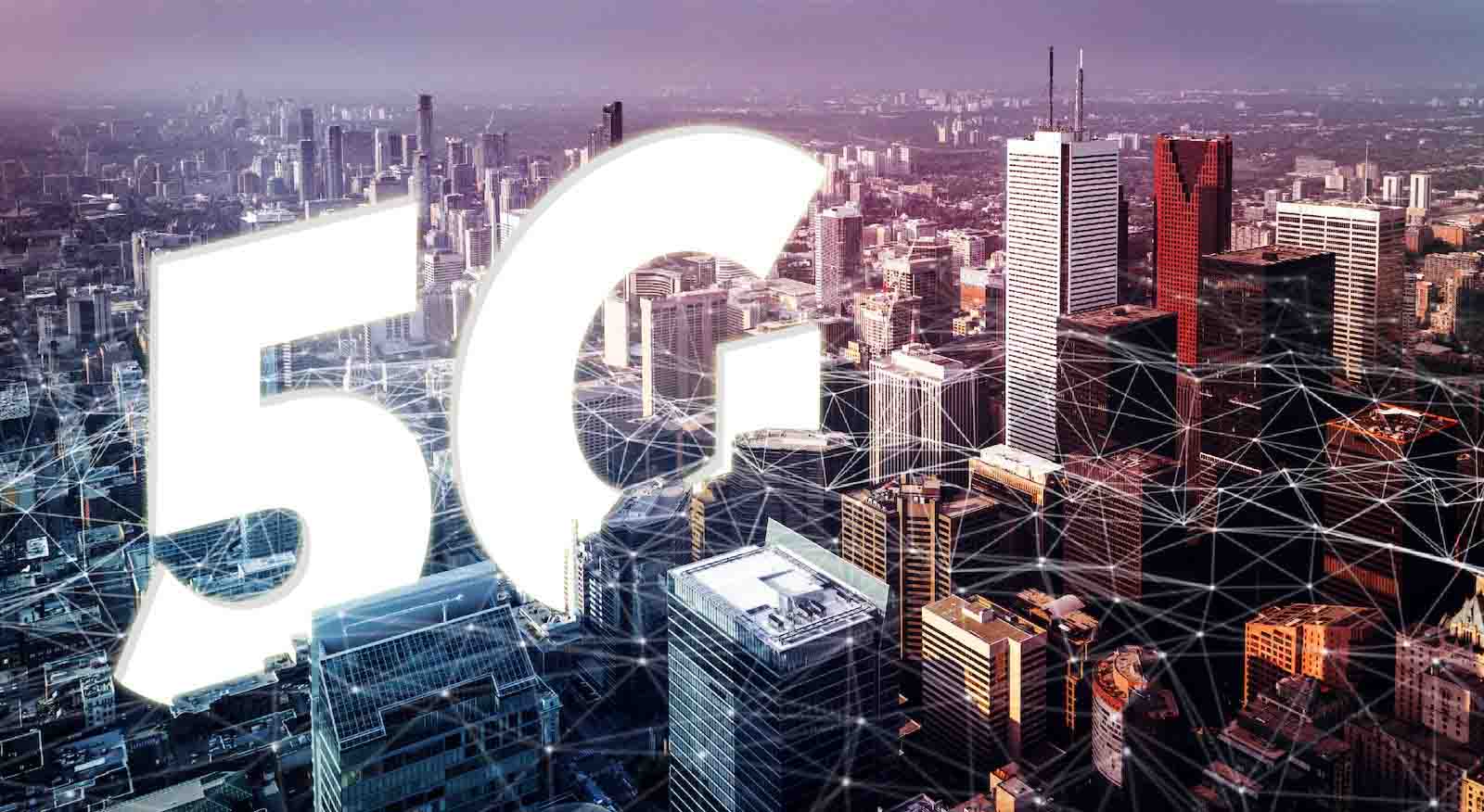Shop At Haya: Your Ultimate Shopping Guide
Discover the best shopping tips, trends, and deals for a smarter buying experience.
Why 5G is the Game Changer We've Been Waiting For
Discover how 5G is revolutionizing technology and why it's the game changer we've all been eagerly anticipating!
The Future is Now: How 5G Revolutionizes Connectivity
The advent of 5G technology marks a pivotal milestone in the realm of connectivity. By offering data speeds that are up to 100 times faster than its predecessor, 4G LTE, 5G is set to transform not only individual user experiences but also entire industries. Imagine streaming high-definition content seamlessly while engaging in real-time gaming without any latency. The implications extend far beyond entertainment; industries such as healthcare, transportation, and agriculture are poised to harness the power of 5G to drive innovation and efficiency. For example, remote surgeries can become a reality, allowing healthcare professionals to operate on patients from thousands of miles away, all thanks to the ultra-reliable low-latency communication enabled by this revolutionary technology.
Moreover, the rollout of 5G networks will catalyze the development of the Internet of Things (IoT), connecting billions of devices in ways we have not yet imagined. The combination of high speed, massive capacity, and minimal delay will facilitate smart cities, where everything from traffic management to energy usage is optimized through real-time data analysis. According to industry predictions, by 2030, there could be over 50 billion connected devices globally, all leveraging the capabilities of 5G. As we continue to explore the potential of this advanced technology, it is clear that the future of connectivity is not just on the horizon; it is already here, transforming our lives and shaping a smarter, more connected world.

5G Explained: What You Need to Know About This Breakthrough Technology
5G is the fifth generation of mobile network technology, designed to significantly improve the speed and responsiveness of wireless networks. With the ability to deliver data at speeds up to 100 times faster than 4G, 5G supports a wide range of applications, from enhanced mobile broadband to the Internet of Things (IoT). This technology operates on three main frequency bands: low, mid, and high frequency (millimeter waves), each offering unique benefits and challenges. For instance, while low-band 5G can cover large areas and penetrate buildings well, high-band 5G provides incredible speed but has a more limited range. Understanding these differences is crucial for harnessing the full potential of this breakthrough technology.
One of the most exciting prospects of 5G is its ability to enable innovations that were previously unattainable. Consider the possibilities:
- Enhanced gaming experiences with ultra-low latency, making real-time interaction seamless.
- Smart cities that utilize connected devices to improve efficiency and quality of life.
- Telemedicine featuring remote surgeries and real-time health monitoring.
However, the rollout of 5G also raises important considerations regarding security, infrastructure costs, and digital divide issues. As this technology continues to evolve, staying informed is essential for both consumers and businesses alike.
Is 5G the Key to Unlocking the Internet of Things?
The emergence of 5G technology is poised to revolutionize the way we connect and interact with the world around us, especially in the realm of the Internet of Things (IoT). Unlike its predecessors, 5G offers markedly higher speeds, lower latency, and greater connectivity, enabling a vast number of devices to communicate seamlessly. This leap in technology can support applications such as smart homes, connected vehicles, and smart cities, resulting in enhanced operational efficiency and improved user experiences.
One of the critical advantages of 5G is its ability to handle massive data traffic, which is essential for the proliferation of the IoT. As more devices become interconnected, the demand for a reliable and fast network increases exponentially. With 5G, businesses can capitalize on real-time data processing and analytics, leading to innovative solutions and better decision-making. Ultimately, the combination of 5G and IoT is not just technological advancement; it is the foundation for a smarter, more connected future.